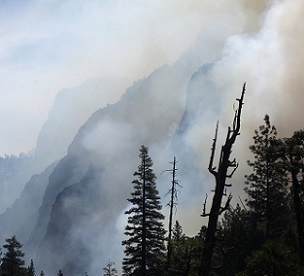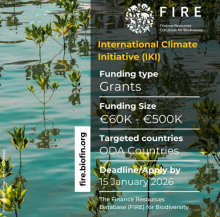
Sites containing some of the world's most treasured forests, including the Yosemite National Park and Indonesia's Sumatra rainforest, have been emitting more heat-trapping carbon dioxide than they have absorbed in recent years, a U.N.-backed report said. According to the report released Thursday, factors like logging, wildfires and clearance of land for agriculture are to blame. The excess carbon turns up from just 10 of 257 forests classified among UNESCO World Heritage sites.









